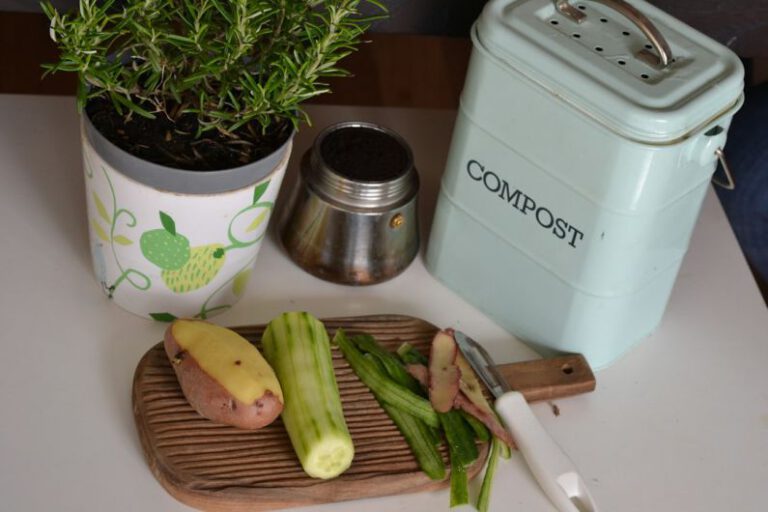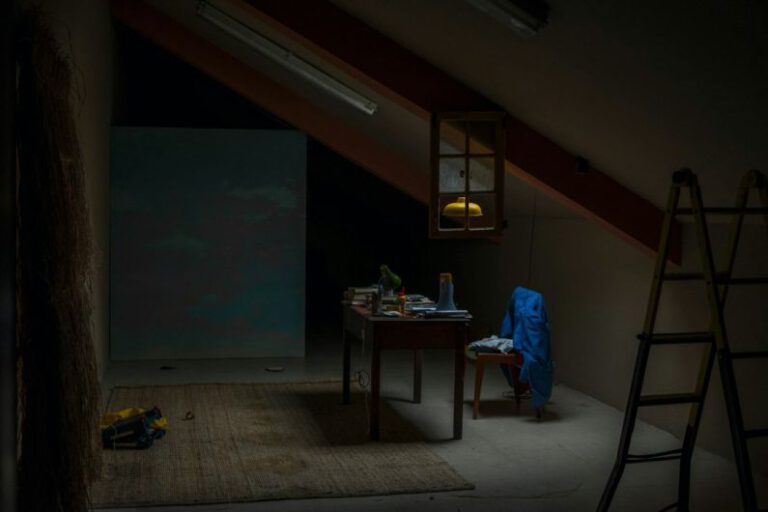How to Create a Wildlife-friendly Garden?
Creating a Wildlife-friendly Garden: A Haven for Nature
Imagine stepping into your garden and being surrounded by the sights and sounds of nature. Birds chirping, butterflies fluttering, and bees buzzing in the air. Creating a wildlife-friendly garden can bring this vision to life, transforming your outdoor space into a haven for biodiversity. Whether you have a small balcony or a sprawling backyard, here are some simple steps you can take to make your garden more inviting for wildlife.
Plant Native Species
One of the most effective ways to attract wildlife to your garden is by planting native species. Native plants have evolved with the local ecosystem and provide food and shelter for local wildlife. They also require less water and maintenance, making them a sustainable choice. Research the native plants in your area and choose a variety of flowers, shrubs, and trees that will bloom at different times of the year. This will ensure a continuous supply of nectar and pollen for bees and butterflies.
Provide Food and Water Sources
To create a wildlife-friendly garden, it is essential to provide a variety of food and water sources for different species. Installing bird feeders and bird baths will attract a wide range of birds, while planting fruit-bearing trees or shrubs will provide food for mammals and birds alike. Consider adding a small pond or water feature to your garden to attract frogs, toads, and dragonflies. These creatures will help control pests and add a touch of magic to your garden.
Create Shelter
Wildlife needs shelter to feel safe and secure. Incorporate different types of habitats into your garden to accommodate a diverse range of species. Leave a patch of long grass or create a wildflower meadow to provide nesting sites for insects and small mammals. Build a birdhouse or install a bat box to offer shelter to birds and bats. Planting dense shrubs and hedges will provide cover and nesting sites for birds, while a rock pile or log pile can attract reptiles and amphibians.
Avoid Chemicals
Chemicals such as pesticides and herbicides are detrimental to wildlife. They can harm insects, birds, and mammals directly or indirectly by contaminating their food sources. Opt for natural alternatives to control pests and weeds. Encourage natural predators like ladybugs and birds to keep the pest population in check. Embrace a more organic approach to gardening, and let nature find its balance.
Create a Compost Heap
A compost heap not only helps reduce waste but also provides a habitat for a variety of beneficial organisms. Earthworms, beetles, and other decomposers will break down organic matter and enrich your soil. This nutrient-rich soil will support the growth of healthy plants, which in turn will attract more wildlife. Be mindful of the materials you add to your compost pile and avoid using meat, dairy products, or oily substances that can attract unwanted visitors.
Educate and Inspire
Creating a wildlife-friendly garden is not only beneficial for the environment but also a great opportunity for education and inspiration. Get involved in local community initiatives and share your knowledge with others. Encourage your neighbors to create their own wildlife-friendly gardens and establish wildlife corridors in your area. By acting as stewards of our natural spaces, we can make a significant impact on preserving and protecting biodiversity.
In conclusion, creating a wildlife-friendly garden is a rewarding endeavor that benefits both nature and ourselves. By planting native species, providing food and water sources, creating shelter, avoiding chemicals, and embracing sustainable practices, we can transform our outdoor spaces into vibrant ecosystems. So, grab your gardening tools and get started on your journey to create a haven for wildlife in your own backyard.






